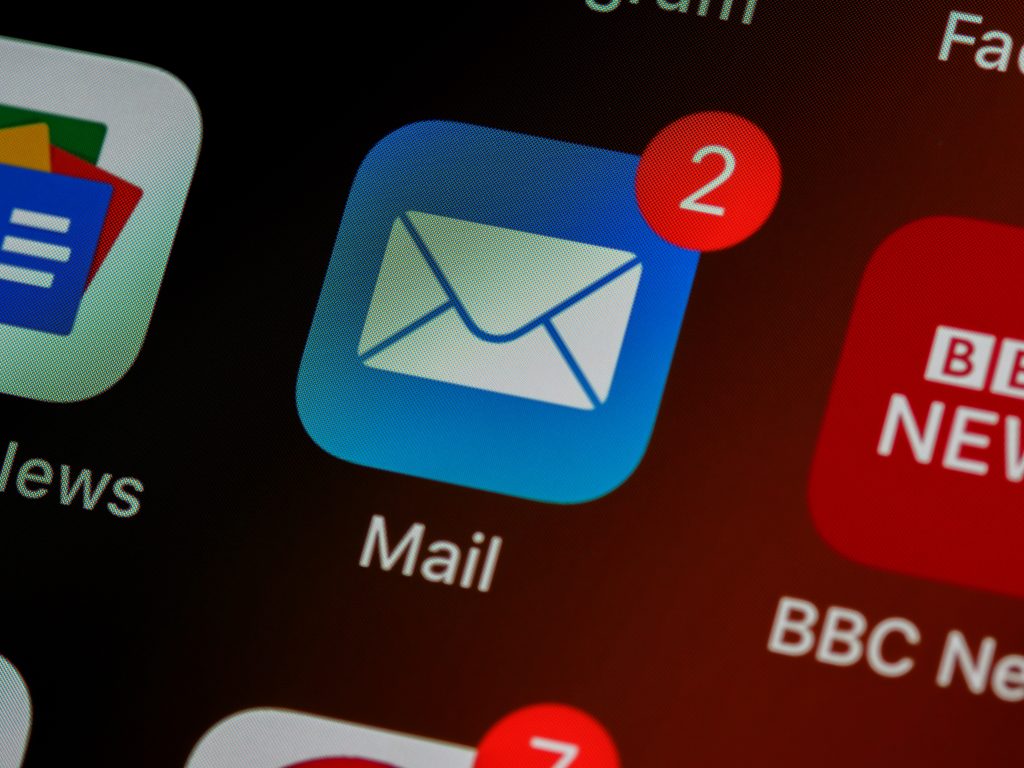Email Basics
Firstly, it is important to understand the purpose of your email. Is it to inform, request information, or ask for something specific? Keep in mind that emails should be concise and to-the-point. Use a clear subject line that accurately summarizes the content of your email.
Secondly, always address the recipient appropriately. If you are unsure about their preferred title or pronouns, it is better to err on the side of formality and use Mr./Ms./Dr. followed by their last name. Be polite and professional throughout your email, using proper grammar and avoiding slang or overly casual language.
Finally, make sure to proofread your email before hitting send. Check for spelling errors and grammatical mistakes. It can also be helpful to read your email out loud before sending it to ensure that it makes sense and flows smoothly. Remember that emails are a reflection of your professionalism, so take the time to craft them carefully.
Formatting Emails
When it comes to writing professional emails, formatting is key. The way an email is formatted can make a big difference in how it’s received by the recipient. To start, it’s important to use a clear and concise subject line that accurately reflects the content of the email. This helps the recipient prioritize their inbox and quickly understand what your email is about.
In terms of the body of the email, keep paragraphs short and to-the-point. Use bullet points or numbered lists for any information that needs to be communicated in a structured format. It’s also helpful to use bold or italicized text sparingly for emphasis on important points.
Additionally, always make sure your email is visually appealing by using proper spacing between paragraphs and avoiding large blocks of text. Finally, before sending your email, make sure to proofread for any typos or grammatical errors as these can detract from the professionalism of your message. By following these formatting tips, you’ll be well on your way to composing effective and polished professional emails.
Crafting Effective Subject Lines
Emails are an essential mode of communication in today’s professional world, and crafting the perfect subject line is crucial for making sure your message gets read. An effective subject line summarizes the email’s purpose and grabs the reader’s attention. Keep it short and sweet – aim for no more than 6-8 words. Use action-oriented language that conveys a sense of urgency or importance, but avoid sounding spammy or salesy.
Personalization is also key to crafting effective subject lines. Addressing the recipient by name shows that you value their time and establishes a connection right from the start. You can also tailor your subject line to reflect shared interests or previous conversations with the recipient, which makes them more likely to open your email out of curiosity.
Finally, make sure your subject line accurately reflects the content of your email – nobody likes clickbait! Be clear about what you want to communicate and stick to one main idea per email. Remember that your goal is not just to get someone to open your message but also to ensure they take action on it, whether that means responding with information or scheduling a meeting.

Writing the Message
When it comes to writing professional emails, the message you convey is crucial. Your message should be clear, concise, and relevant to the recipient. Avoid using jargon or complex vocabulary that the reader may not understand.
To ensure your message is effective, start by identifying the purpose of your email. Are you trying to inform the recipient of something? Are you asking for their assistance? Whatever your goal is, make sure it’s clearly stated in your opening sentence.
Once you’ve established your purpose, keep your message focused on that goal. Avoid rambling or going off-topic as this can confuse the reader and detract from your main point. End with a call-to-action that prompts the recipient to respond or take action if necessary.
Overall, writing an effective email message involves careful planning and attention to detail. By focusing on clarity and relevance, you’ll increase the chances of achieving a successful outcome from your communication.
Closing Out Emails
One of the most crucial elements of writing professional emails is how you close them out. It may seem like a minor detail, but it can leave a lasting impression on the recipient. The way you close an email can convey your tone, level of formality, and even your personality.
A common and safe way to end an email is with “Sincerely” or “Best regards.” These phrases work well for formal or business-related communication. However, if you’re writing to someone more casually or informally, you might want to try something different. For example, “Cheers,” “Take care,” or simply “Thanks” can be good options.
Remember that ending an email with just your name can come across as abrupt or curt. So make sure to include a closing phrase before adding your signature. A thoughtful and appropriate closing will reinforce the main message in your email and help you build stronger relationships with your recipients.
Professional Language Tips
1. Use a clear and concise subject line: Your recipient should be able to understand the main point of your email just by reading the subject line. Avoid using vague or generic subjects like “Hello” or “Update.”
2. Keep it short and sweet: People have limited attention spans, so get straight to the point in your email. Avoid lengthy paragraphs and use bullet points or numbered lists to break up information.
3. Address your recipient properly: If you’re emailing someone for the first time, research how they prefer to be addressed (e.g., Dr., Ms., Mr.). If you’re unsure, default to using their full name.
4. Use proper grammar and spelling: Emails riddled with typos and grammatical errors can come across as unprofessional. Always proofread before hitting send.
5. Be respectful and courteous: Even if you’re addressing an issue or concern, it’s important to maintain a professional tone throughout your email.
6. Avoid using slang or jargon: Unless you’re writing to someone within your industry who understands the terminology, avoid using jargon or technical terms that may confuse your recipient.
7. Provide context and background information: If your email is part of an ongoing conversation, provide some brief context at the beginning of your message so that readers can quickly catch up on what has been discussed previously.
8. End with a clear call-to-action: Let the reader know exactly what action you want them to take (e.g. “Let me know if you have any questions about the report” or “I look forward to hearing from you”).
Conclusion
In today’s world, it is essential to be able to write professional emails that are clear and concise. Working in a business environment, this skill is often required in order to keep communication efficient and productive. Although it can seem like a daunting task, writing professional emails does not have to be difficult. With the right tools and advice, anyone can learn how to write effective emails easily and quickly. This article will discuss the best practices for writing professional emails with ease.
kampungbet


